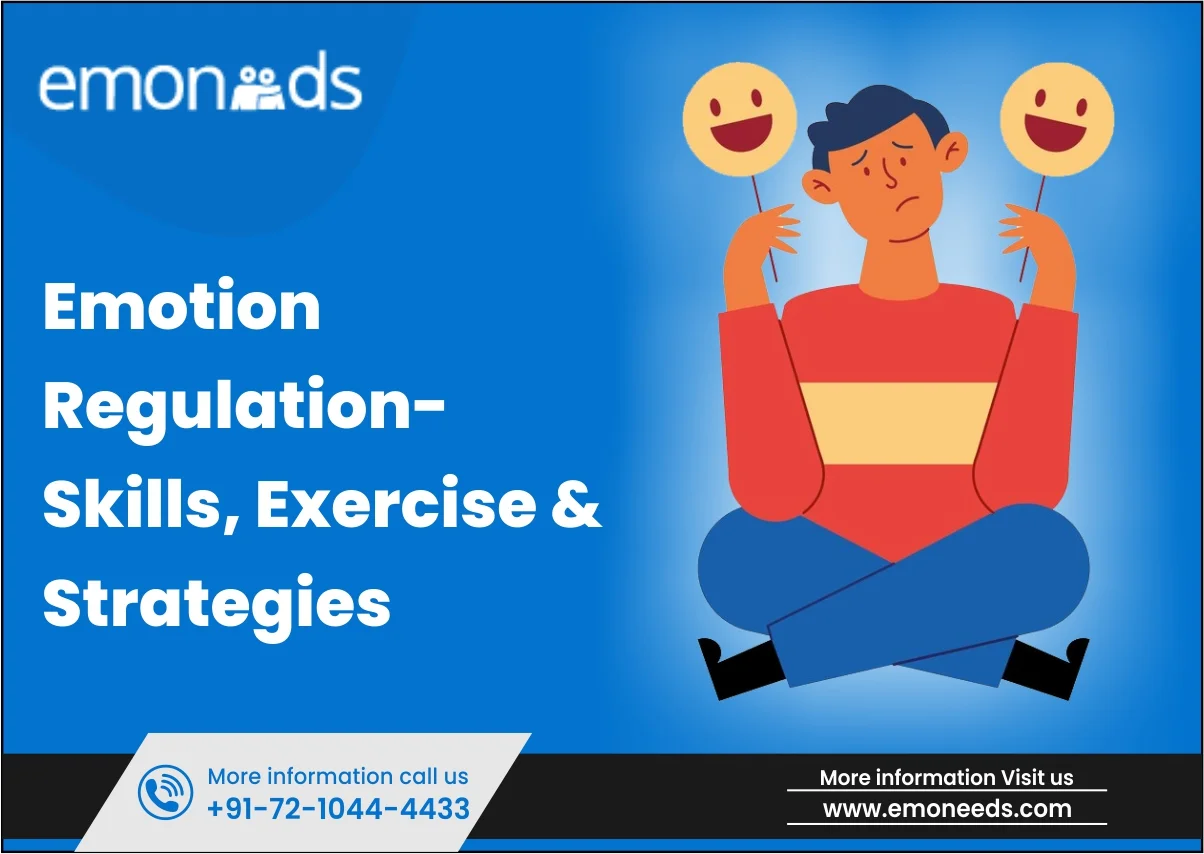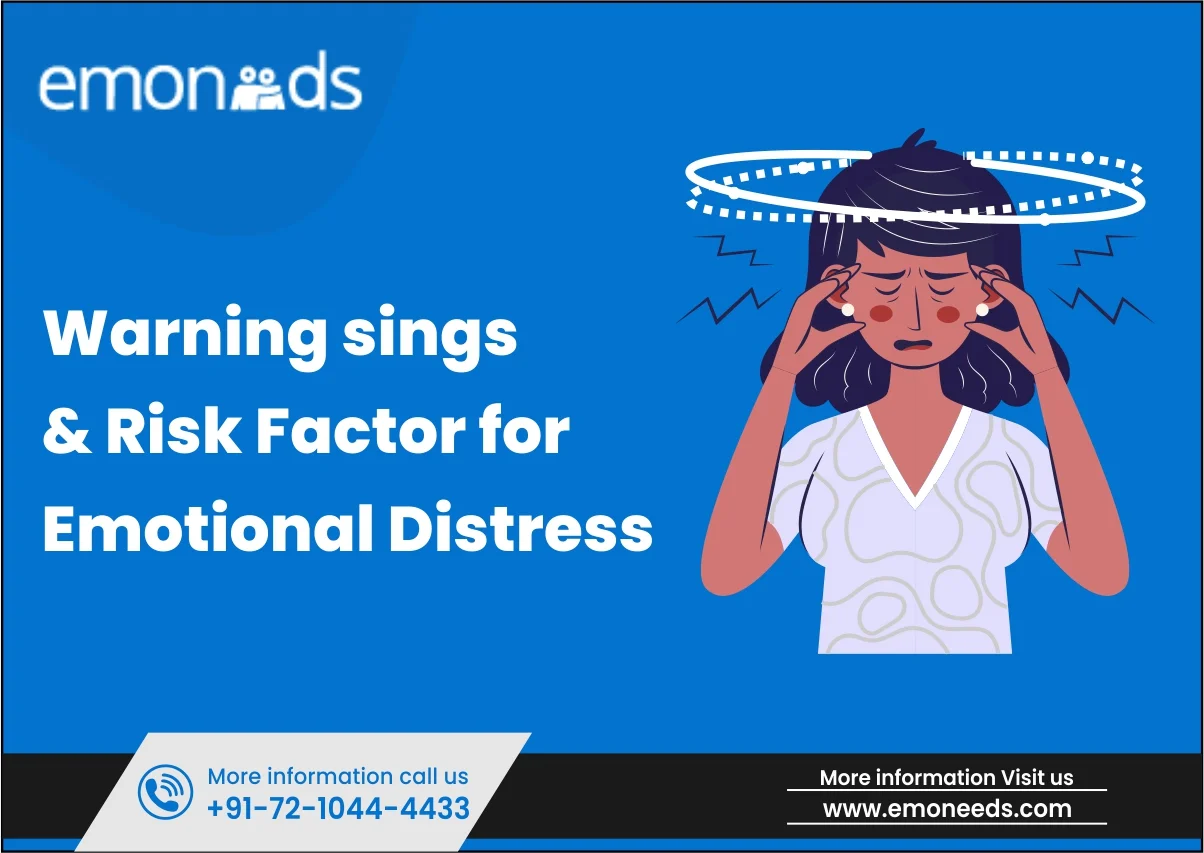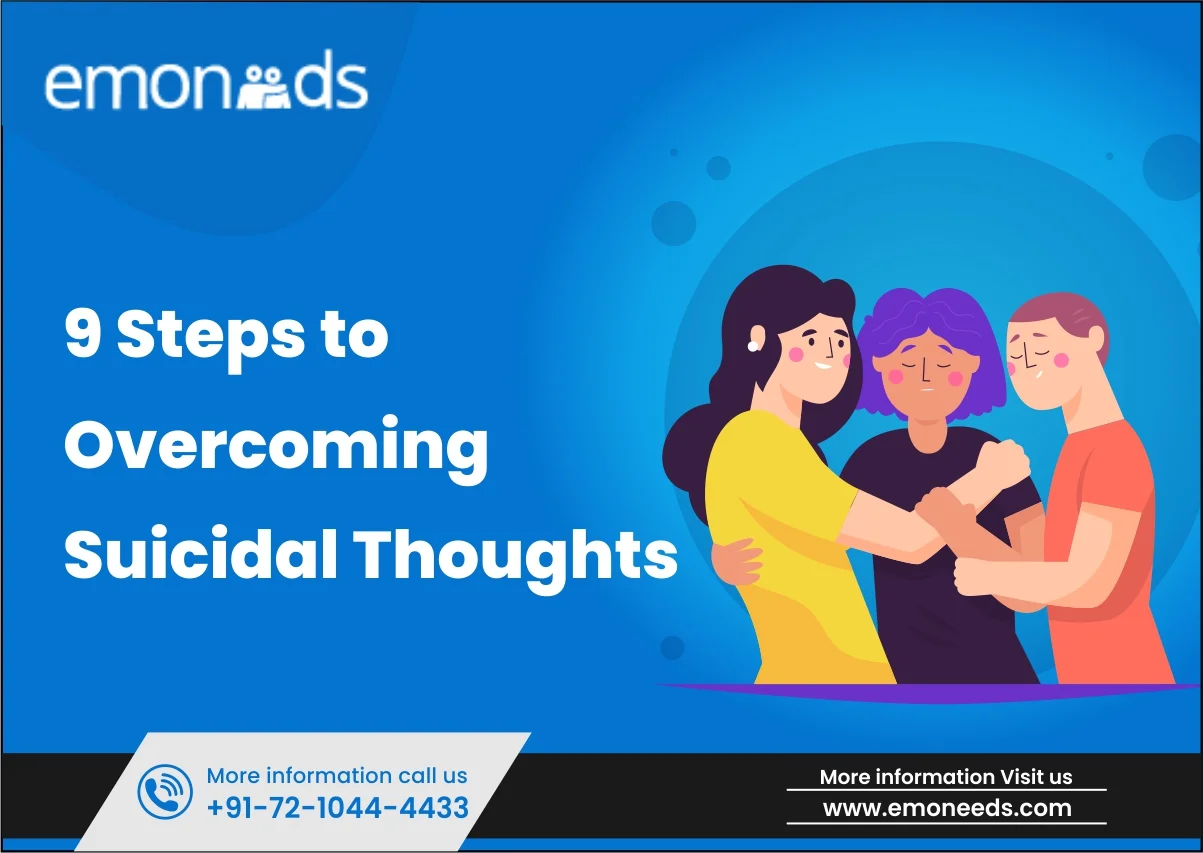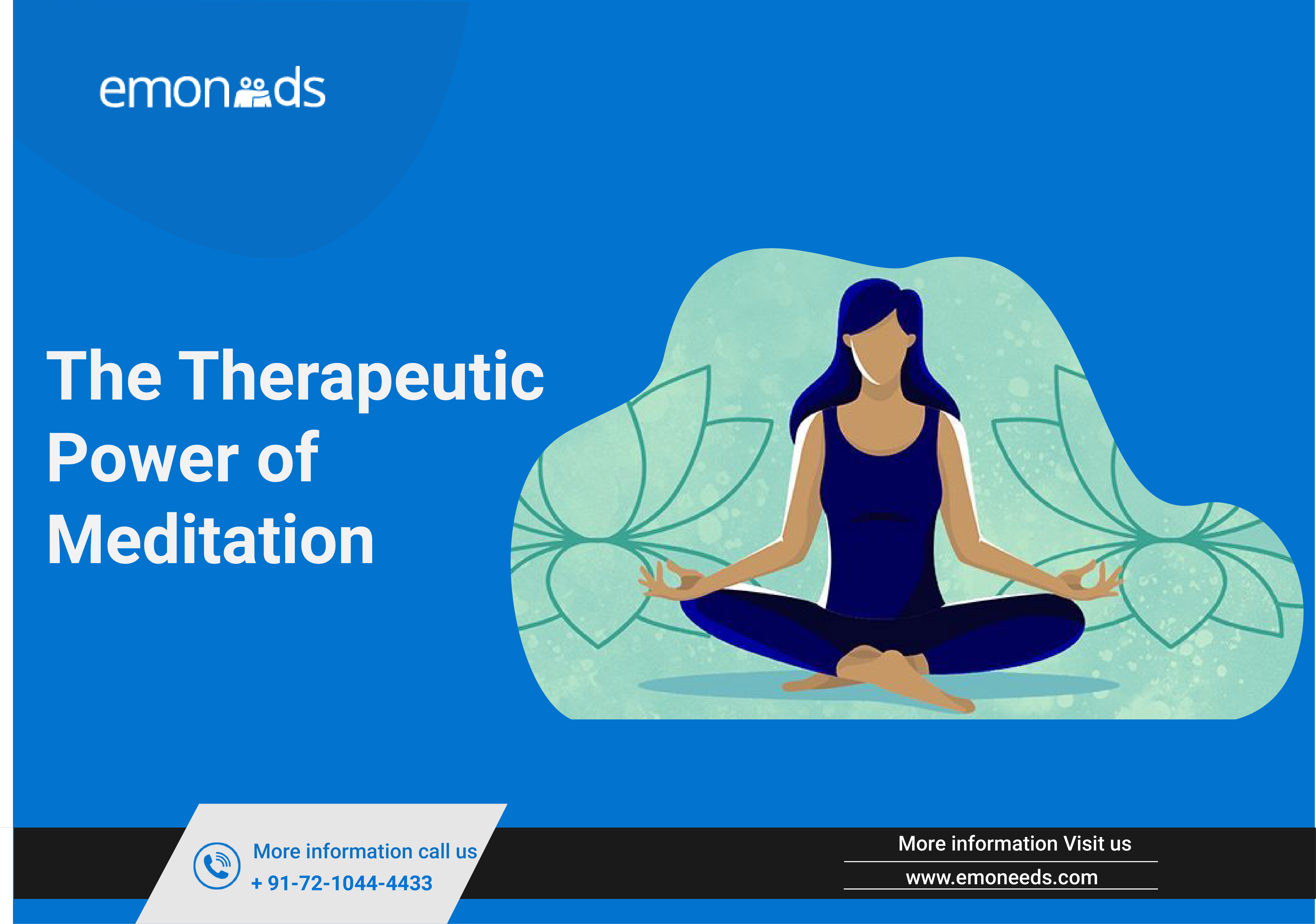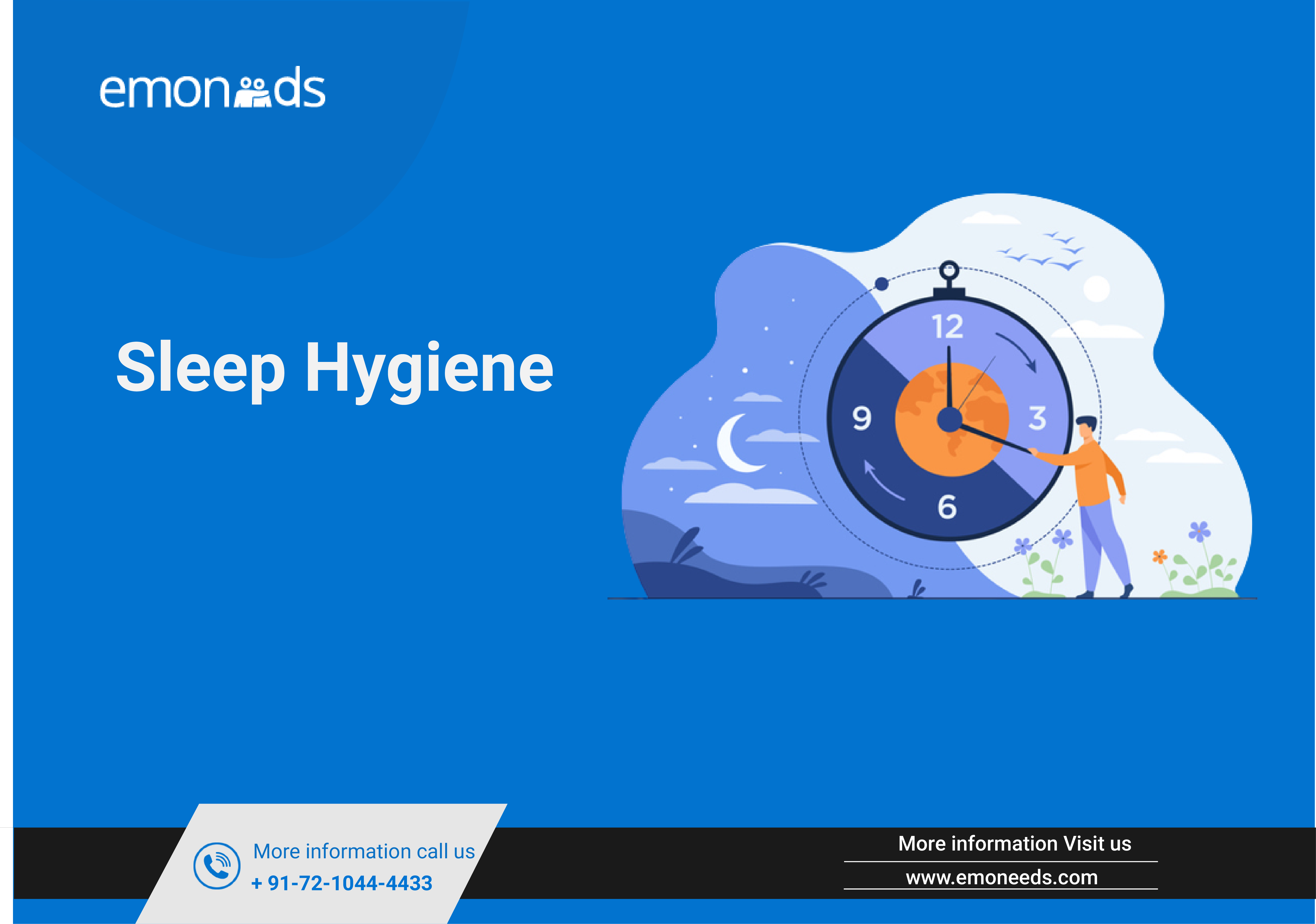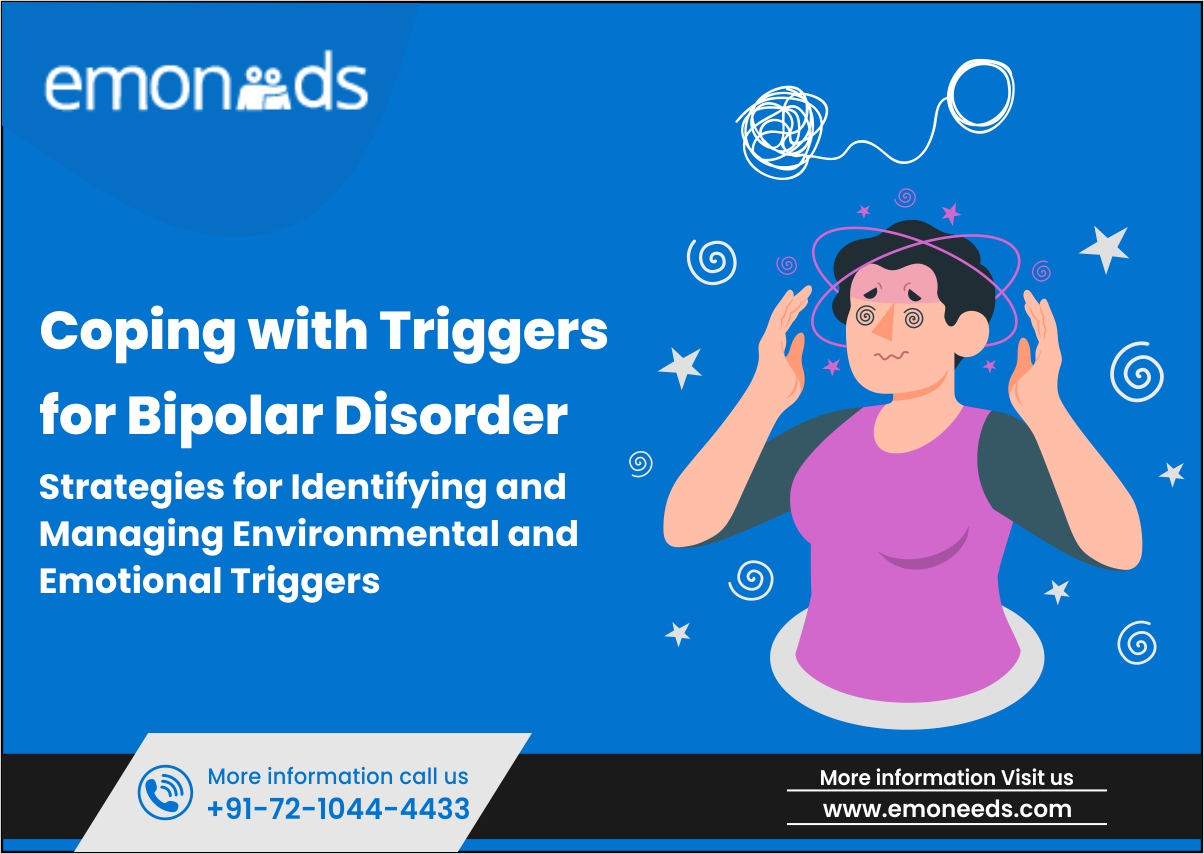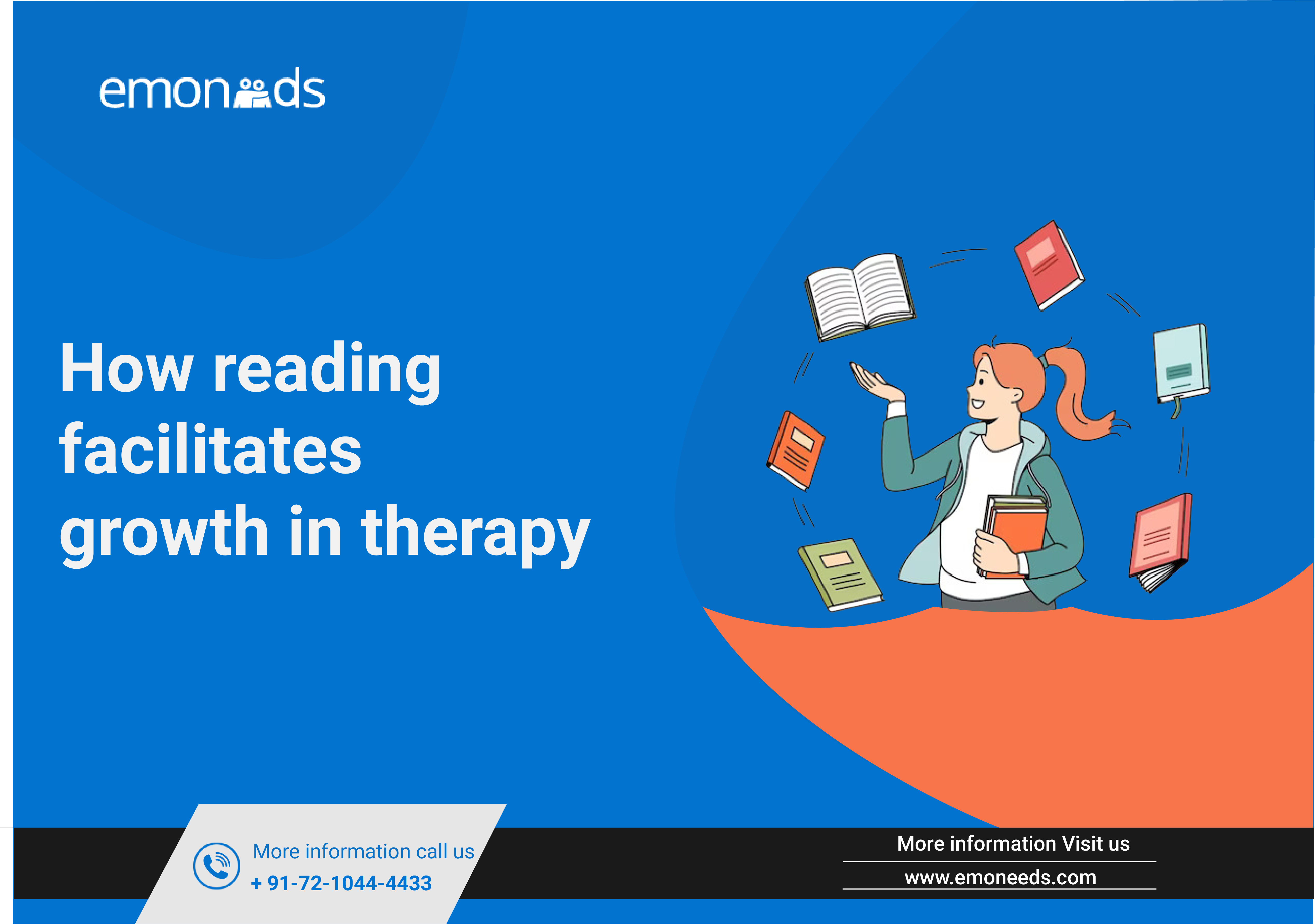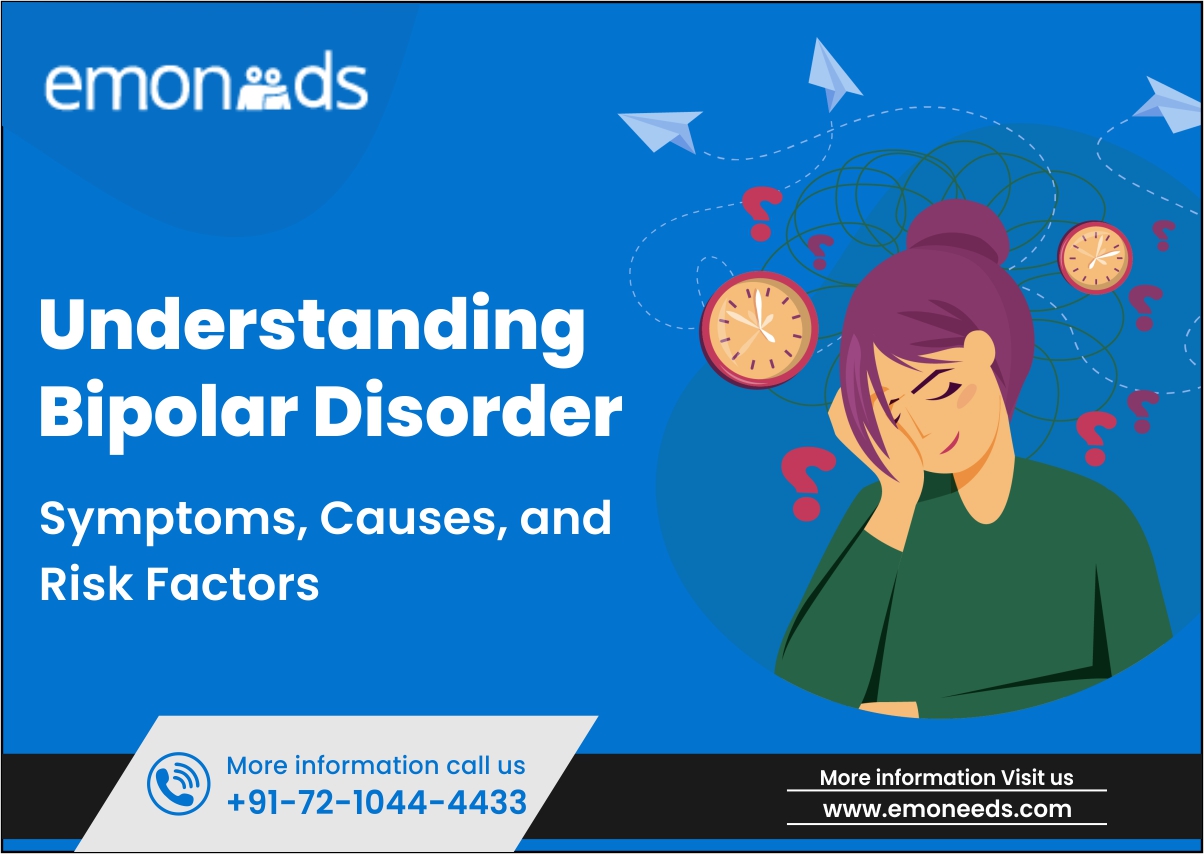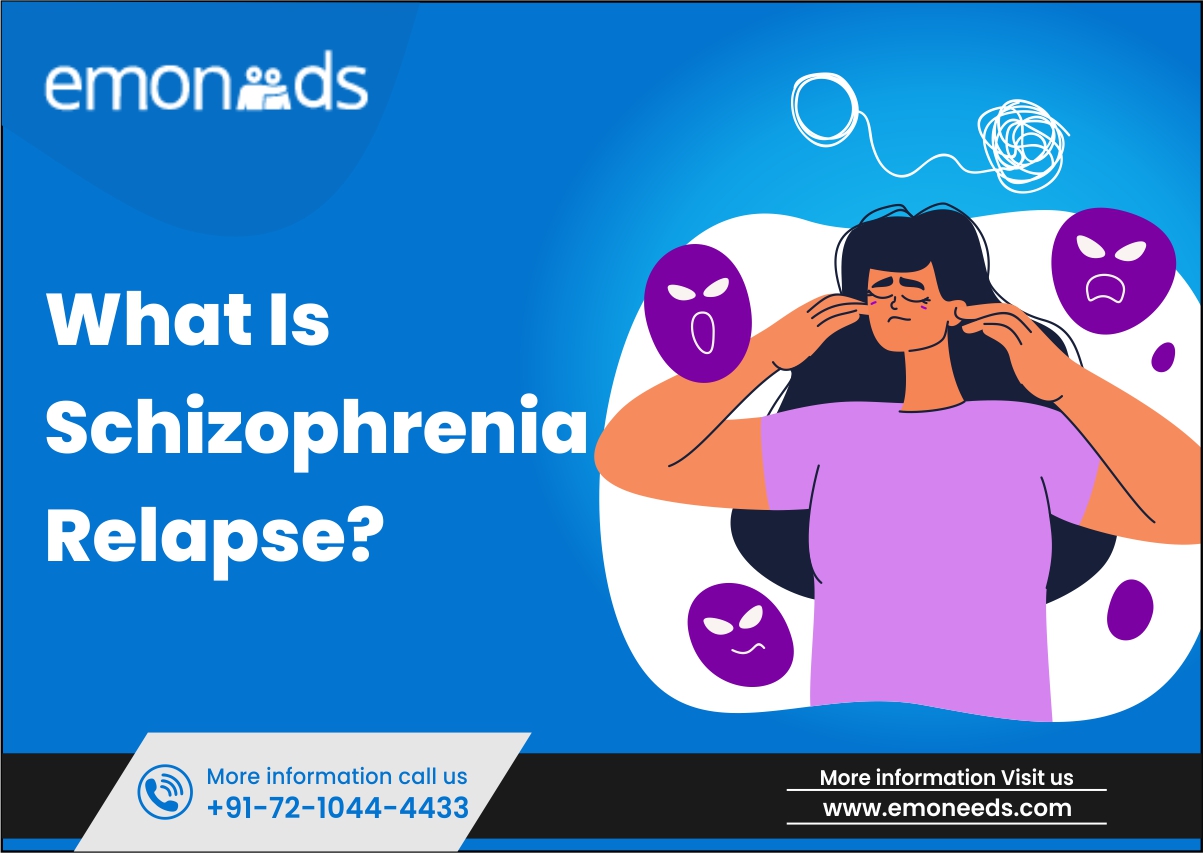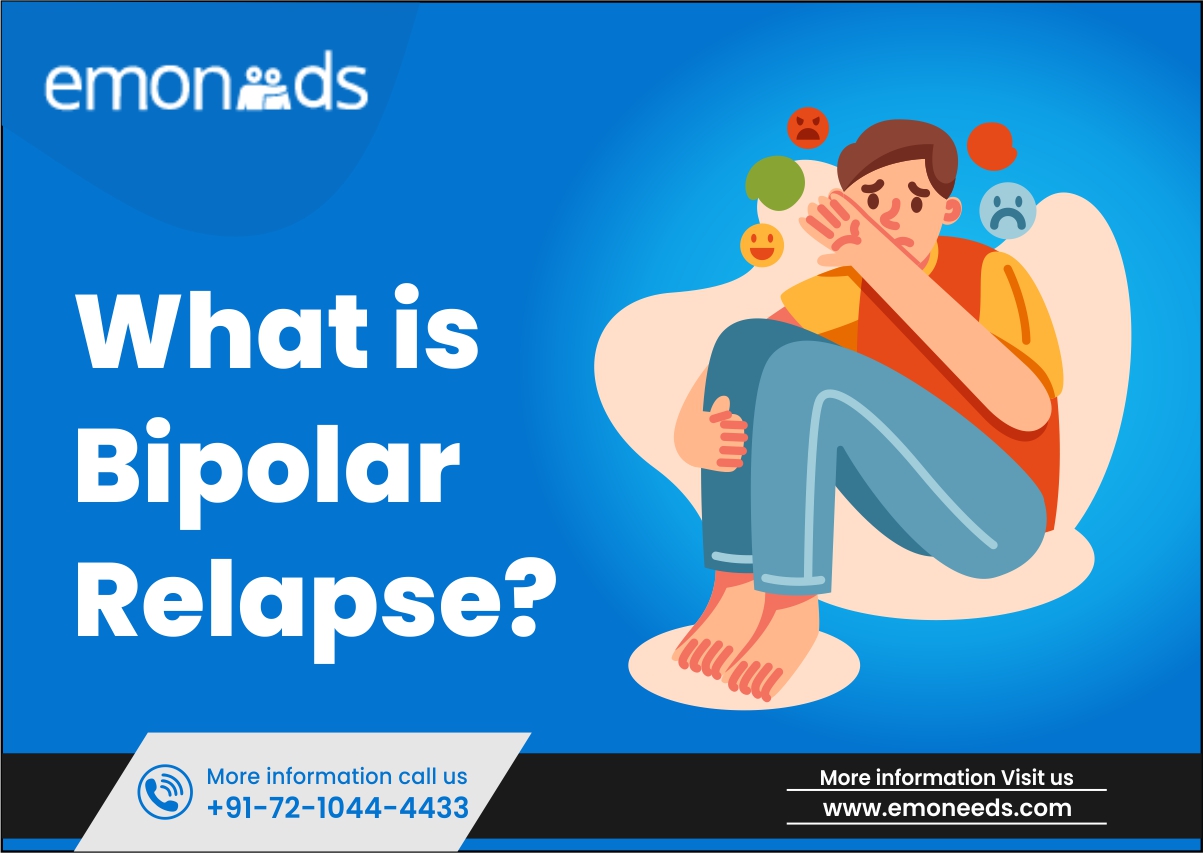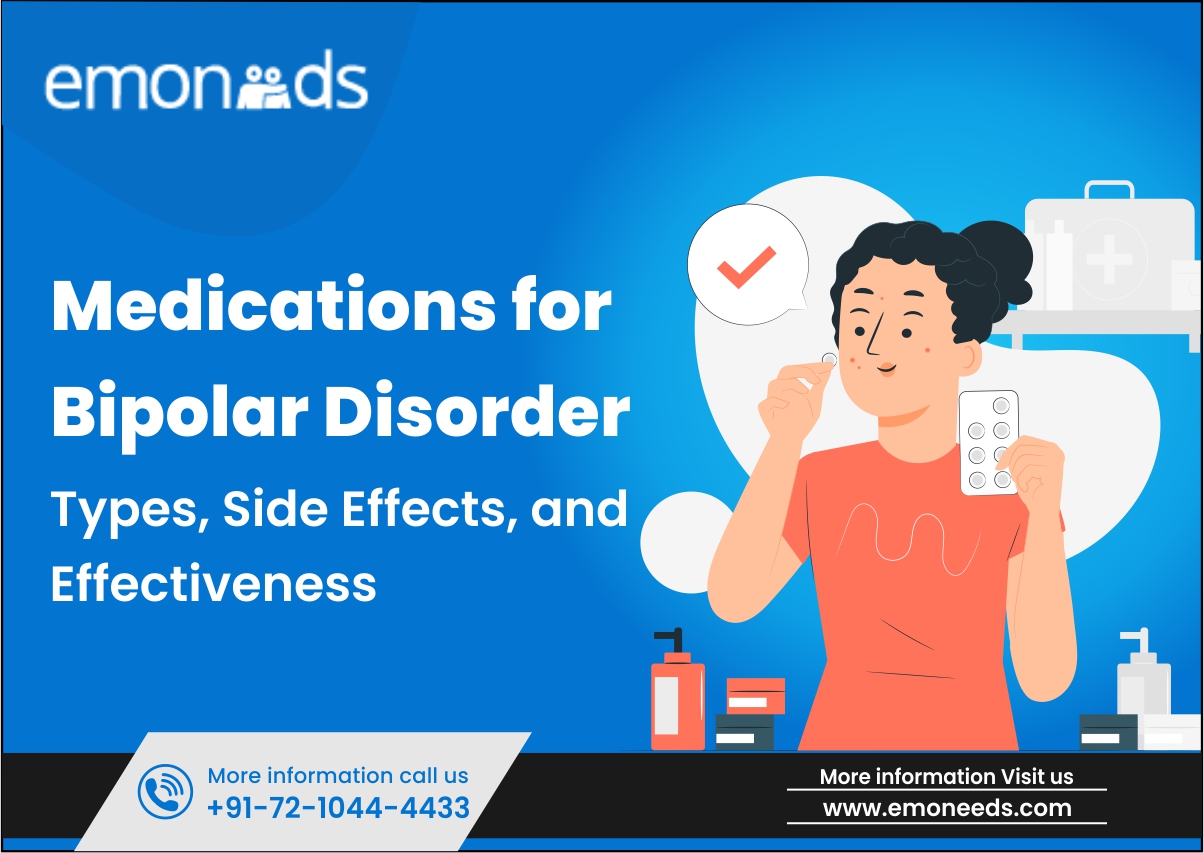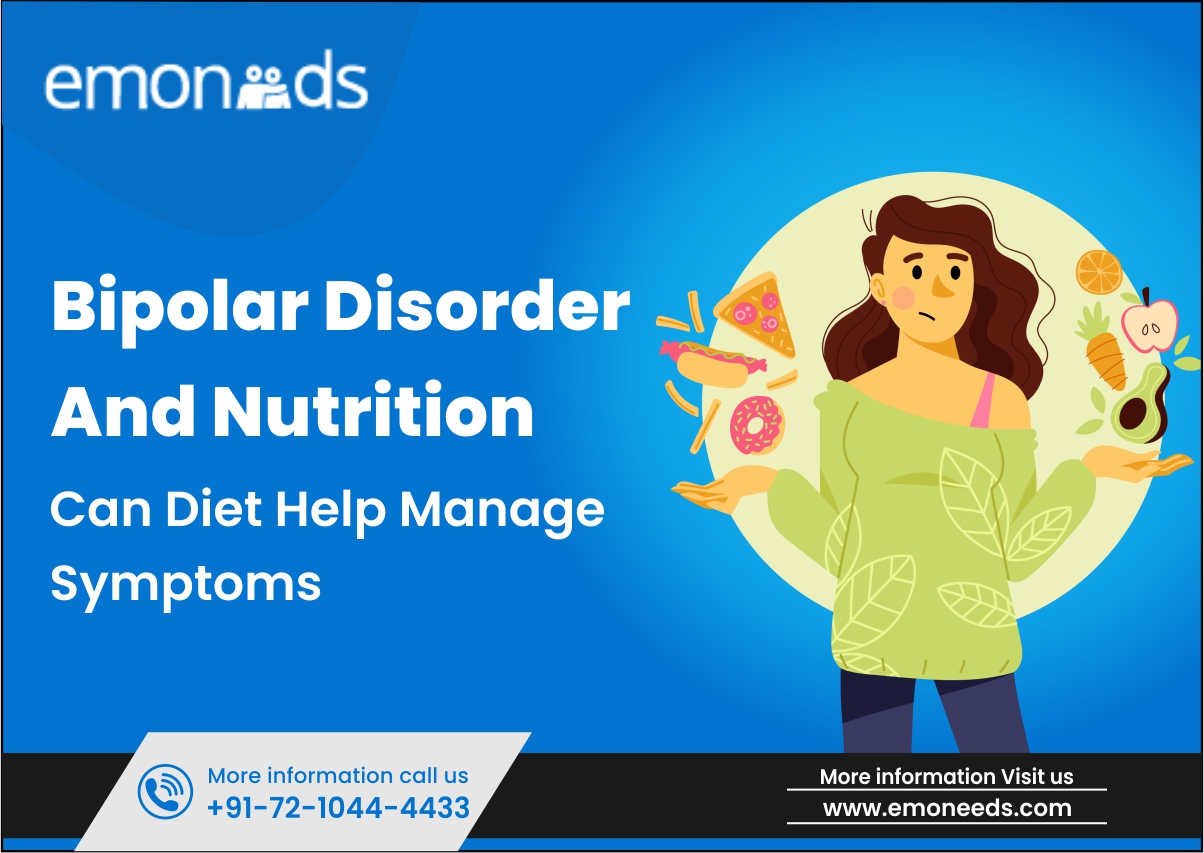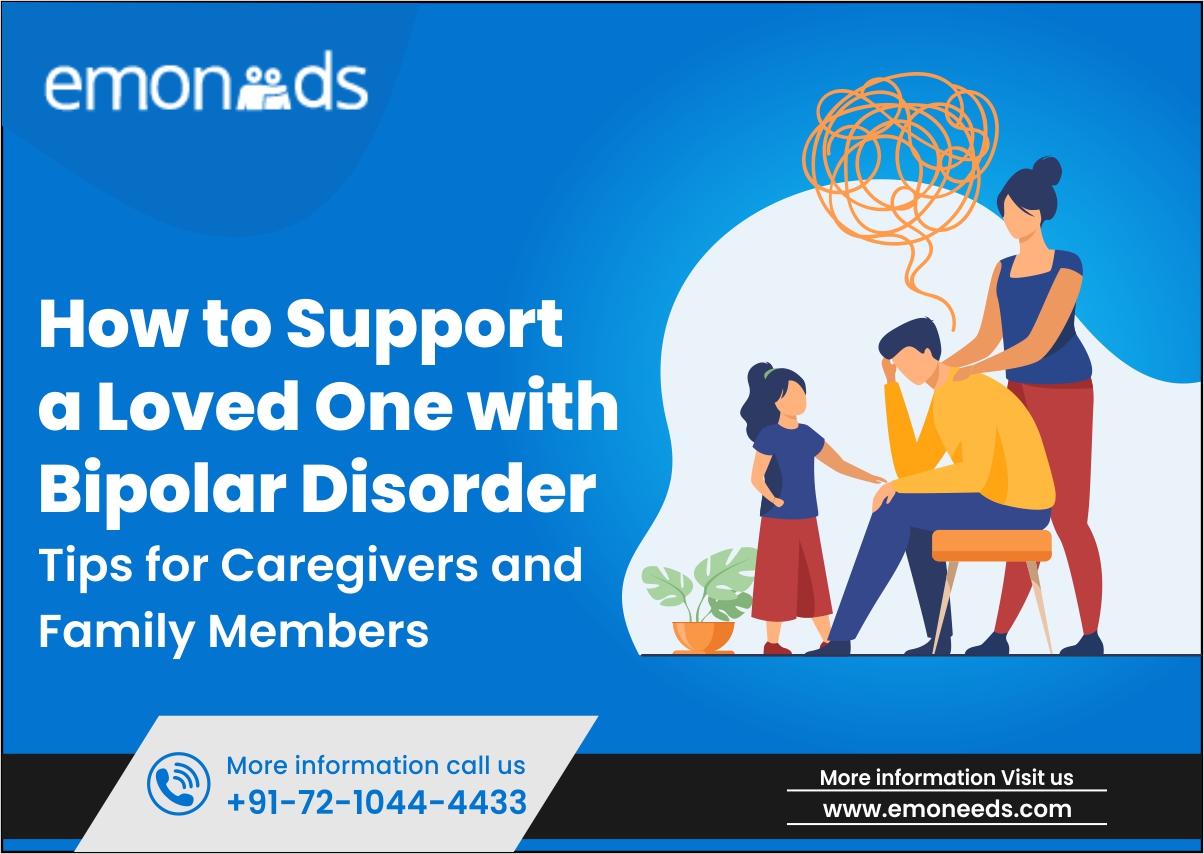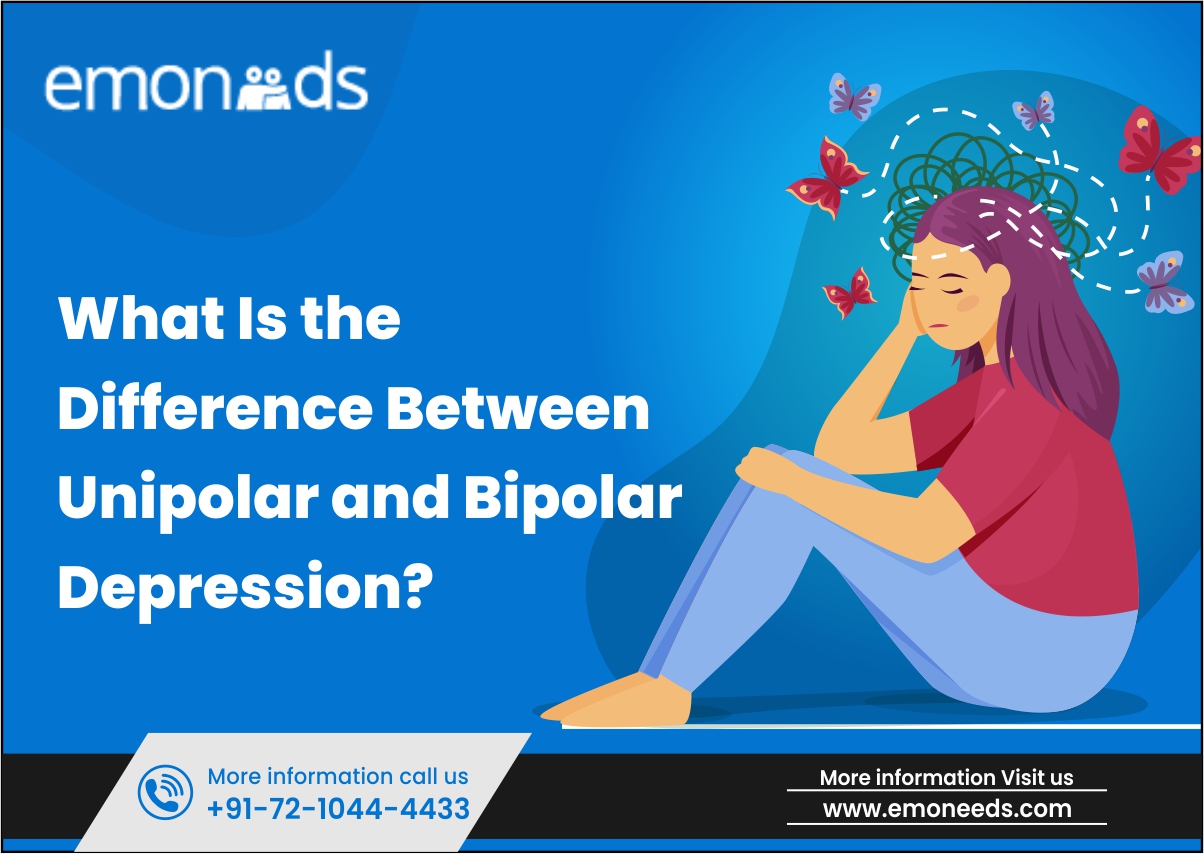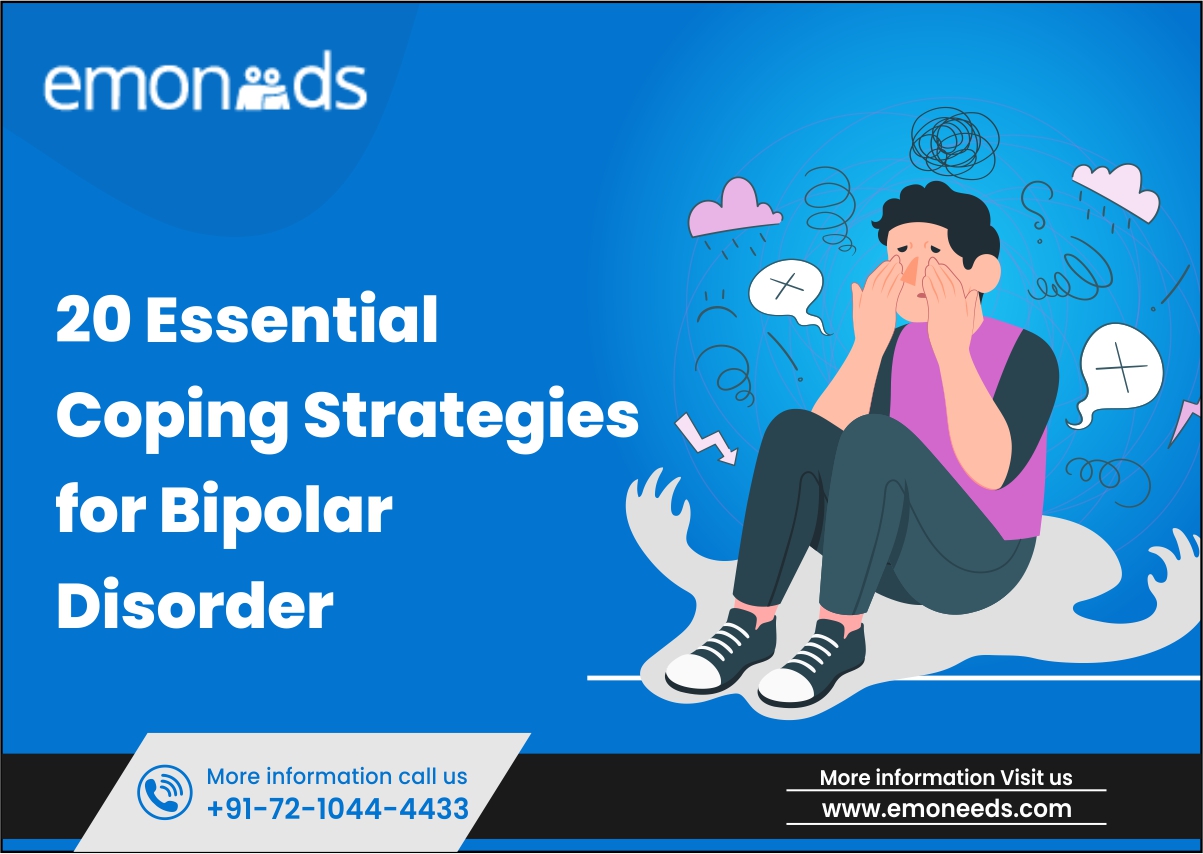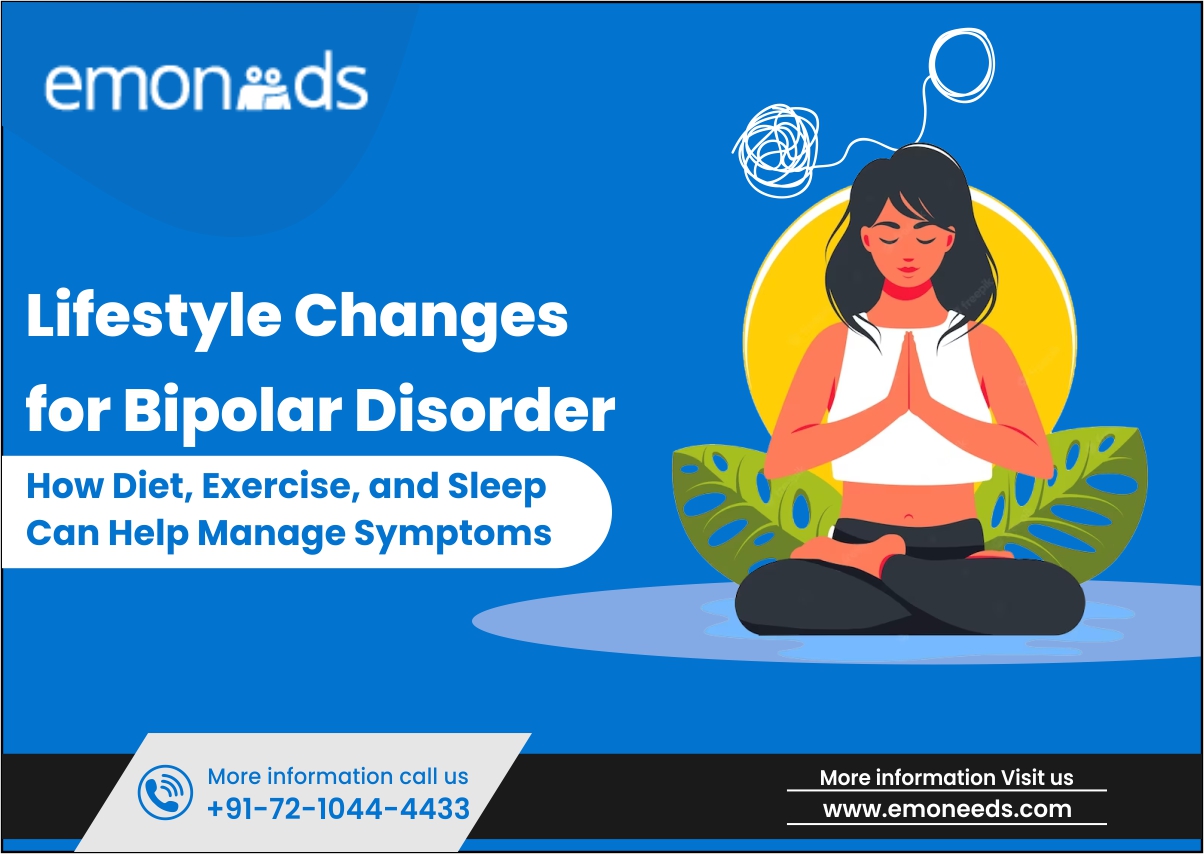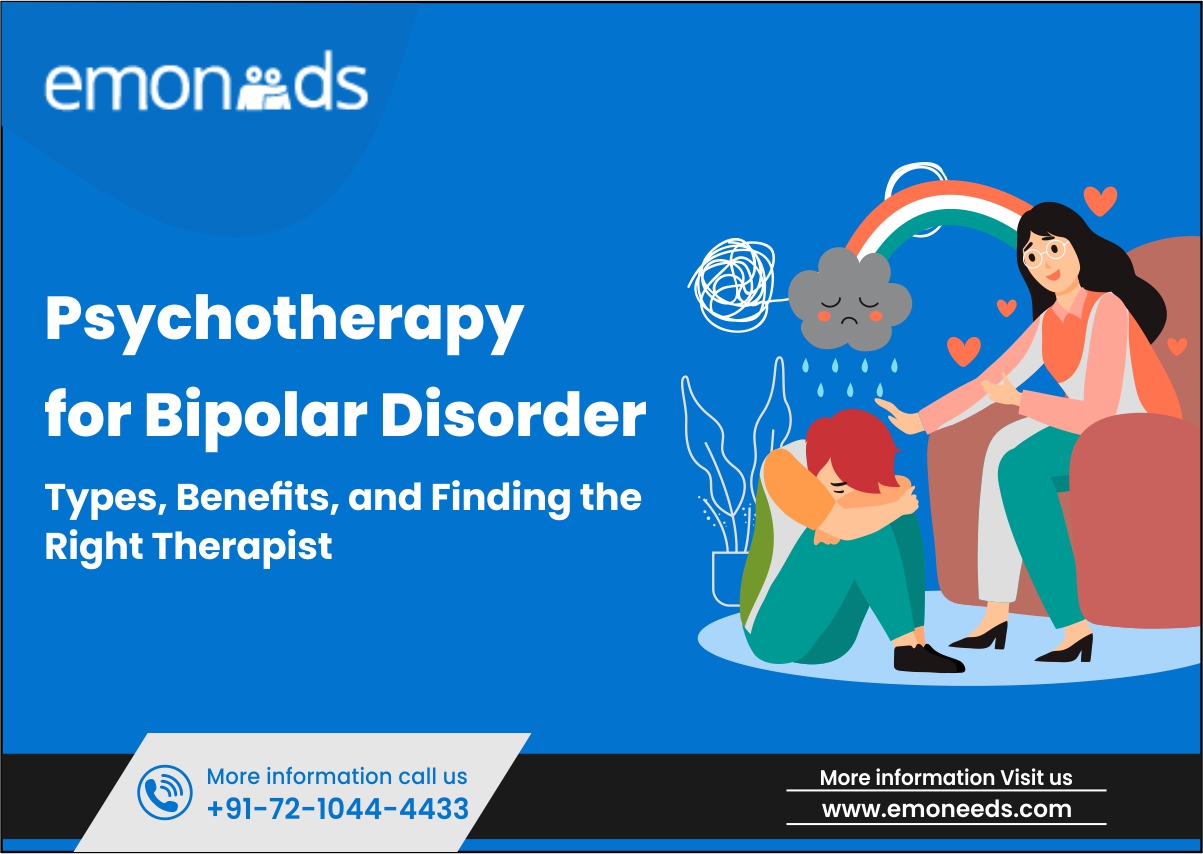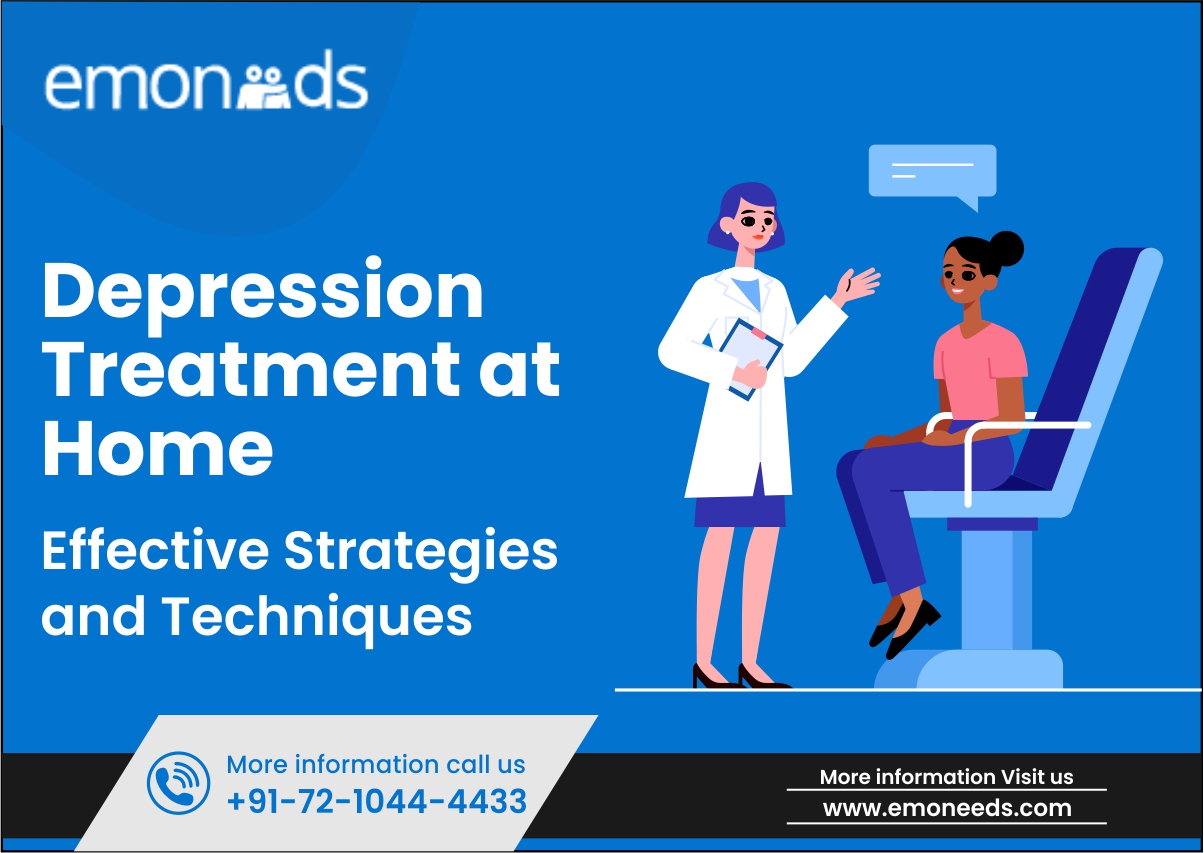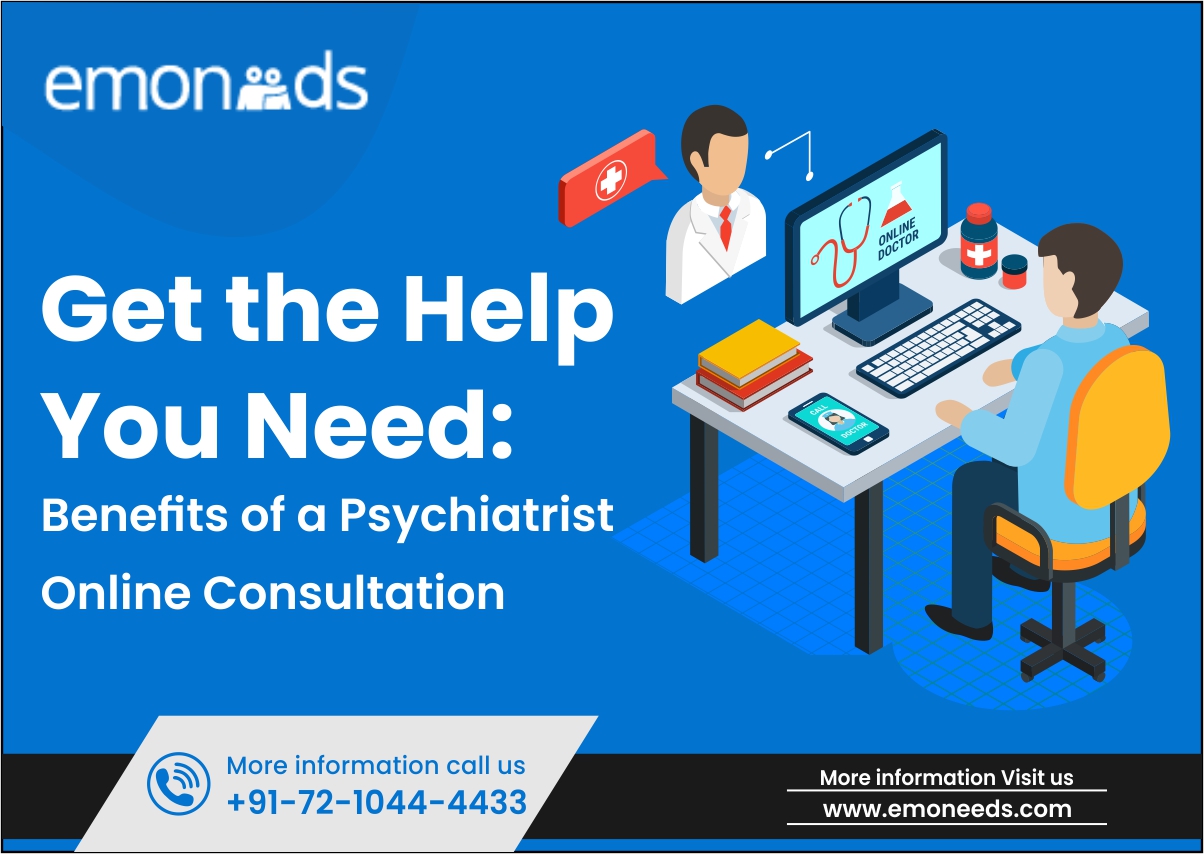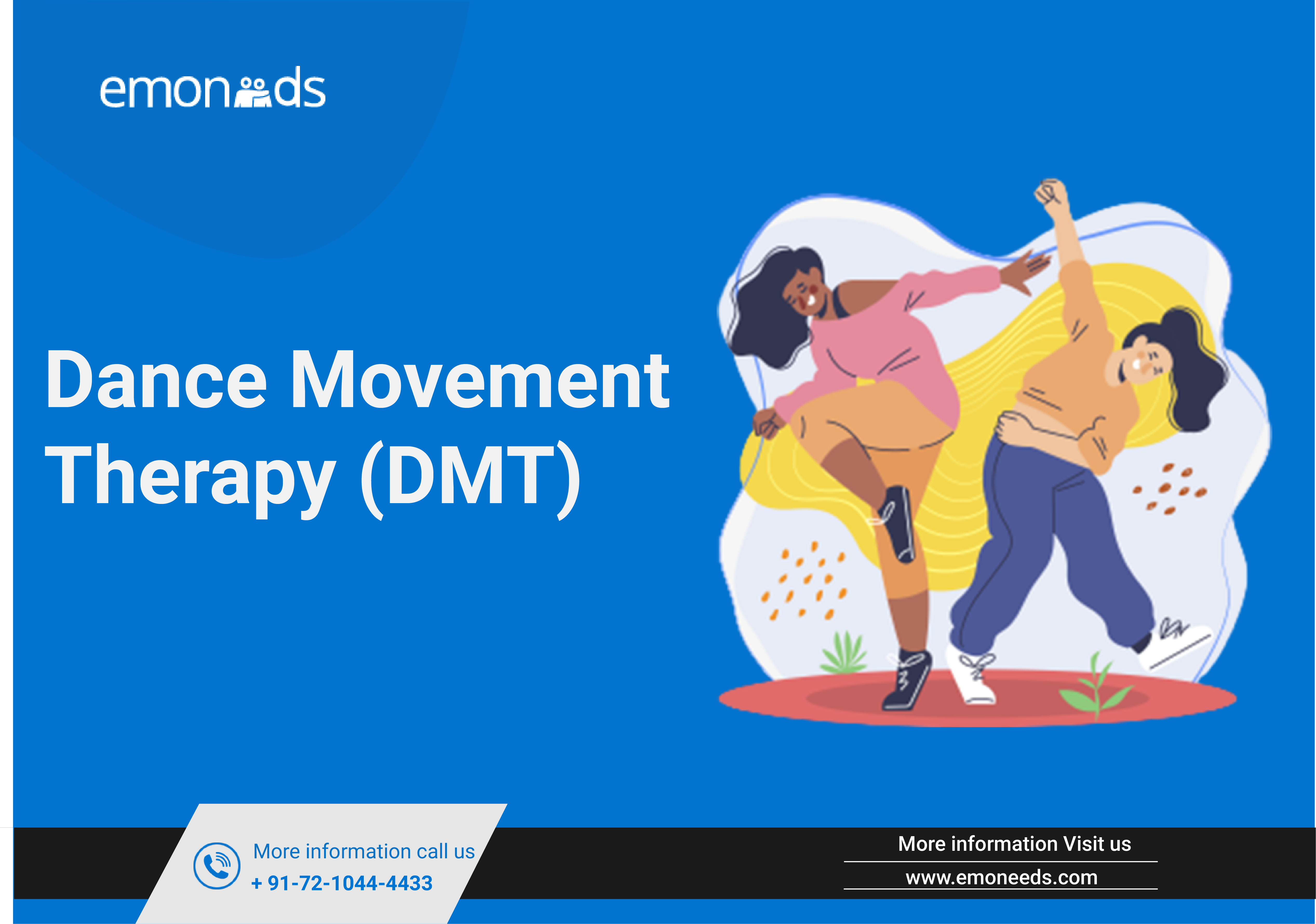
- July 24, 2023
- Saloni Kabra
- 0
Dance Movement Therapy (DMT)is a form of expressive therapy that incorporates movement and dance as a means of promoting emotional, psychological, and physical well-being. It is often used as a complementary treatment approach in psychiatric settings to support individuals with various mental health conditions.
DMT is based on the understanding that the mind and body are interconnected, and that movement can be used as a powerful tool for self-expression and healing. It can be particularly beneficial for individuals who may struggle with verbal communication or have difficulty accessing and expressing their emotions through traditional talk therapy alone.
In psychiatric treatment, DMT can be used in individual or group settings, depending on the needs and preferences of the participants. The therapist, who is trained in both dance and psychology, guides individuals through various movement exercises and encourages them to explore and express their thoughts, feelings, and experiences through movement.
Table of Contents
ToggleHere are some ways in which DMT can contribute to psychiatric treatment:
- Emotional expression: DMT provides a non-verbal outlet for individuals to express and release emotions that may be difficult to put into words. Movement can facilitate the expression of joy, sadness, anger, or other emotions, allowing individuals to gain insight into their emotional states and promote emotional healing.
- Body awareness: DMT helps individuals develop a greater awareness of their bodies, including sensations, posture, and movement patterns. This increased body awareness can aid in recognizing and addressing areas of tension, discomfort, or trauma held within the body.
- Self-esteem and self-acceptance: Through movement and dance, individuals can experience a sense of mastery, accomplishment, and increased self-confidence. DMT can also promote self-acceptance by encouraging individuals to embrace their bodies and movement styles without judgment.
- Communication and interpersonal skills: DMT can enhance communication and interpersonal skills by promoting non-verbal expression and fostering a sense of connection with others. Group DMT sessions can facilitate social interaction, empathy, and cooperation among participants.
- Stress reduction and relaxation: Engaging in dance and movement can help reduce stress, anxiety, and tension. DMT sessions may include relaxation exercises, breathwork, and guided movement sequences that promote a sense of calm and well-being.
DMT can be helpful in treating various mental health conditions, including depression, anxiety disorders, post-traumatic stress disorder (PTSD), eating disorders, schizophrenia, and bipolar disorder. The movement-based approach of DMT allows individuals to express their emotions, gain self-awareness, improve body image, and develop coping strategies.
It’s important to note that DMT should be provided by a qualified and trained dance movement therapist who understands the specific needs of individuals with psychiatric conditions. DMT is often used as part of a comprehensive treatment plan that may also include other therapeutic modalities, such as individual counseling, medication management, and group therapy.
